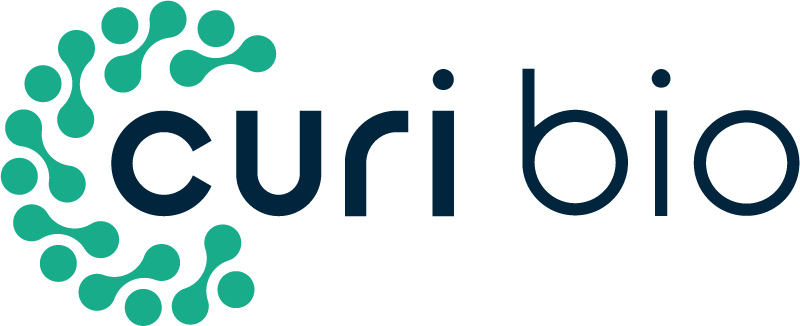Regulation of Brain Tumor Dispersal by NKCC1 Through a Novel Role in Focal Adhesion Regulation
T. Garzon-Muvdi, C. Aprhys, C. Smith, D.H. Kim, L. Kone, S.H. Farber, S. An, A. Levchenko (1), and A. Quinones-Hinojosa (1) – (1) Johns Hopkins University
Abstract: Glioblastoma (GB) is a highly invasive and lethal brain tumor due to its universal recurrence. Although it has been suggested that the electroneutral Na+-K+-Cl− cotransporter 1 (NKCC1) can play a role in glioma cell migration, the precise mechanism by which this ion transporter contributes to GB aggressiveness remains poorly understood. Here, we focused on the role of NKCC1 in the invasion of human primary glioma cells in vitro and in vivo. NKCC1 expression levels were significantly higher in GB and anaplastic astrocytoma tissues than in grade II glioma and normal cortex. Pharmacological inhibition and shRNA-mediated knockdown of NKCC1 expression led to decreased cell migration and invasion in vitro and in vivo. Surprisingly, knockdown of NKCC1 in glioma cells resulted in the formation of significantly larger focal adhesions and cell traction forces that were approximately 40% lower than control cells. Epidermal growth factor (EGF), which promotes migration of glioma cells, increased the phosphorylation of NKCC1 through a PI3K-dependant mechanism. This finding is potentially related to WNK kinases. Taken together, our findings suggest that NKCC1 modulates migration of glioma cells by two distinct mechanisms: (1) through the regulation of focal adhesion dynamics and cell contractility and (2) through regulation of cell volume through ion transport. Due to the ubiquitous expression of NKCC1 in mammalian tissues, its regulation by WNK kinases may serve as new therapeutic targets for GB aggressiveness and can be exploited by other highly invasive neoplasms.
Materials & Methods: Migration of glioma cells was quantified using a novel directional migration assay using nano-ridges/grooves constructed of transparent poly(urethane acrylate) (PUA), and fabricated using UV-assisted capillary lithography (see Figure S3A–C) [94]. Nanopattern surfaces were coated with laminin (3 µg/cm2). Cell migration was quantified using time lapse microscopy (Video S3). Long-term observation was done on a motorized inverted microscope (Olympus IX81) equipped with a Cascade 512B II CCD camera and temperature and gas controlling environmental chamber. Phase-contrast and epi-fluorescent cell images were automatically recorded under 10× objective (NA = 0.30) using the Slidebook 4.1 (Intelligent Imaging Innovations, Denver, CO) for 15 h at 10–20-min intervals.
Microscopic Technique: Time-Lapse Microscopy
Cell Type(s): Human Brain Tumor (Glioma Tissue)

